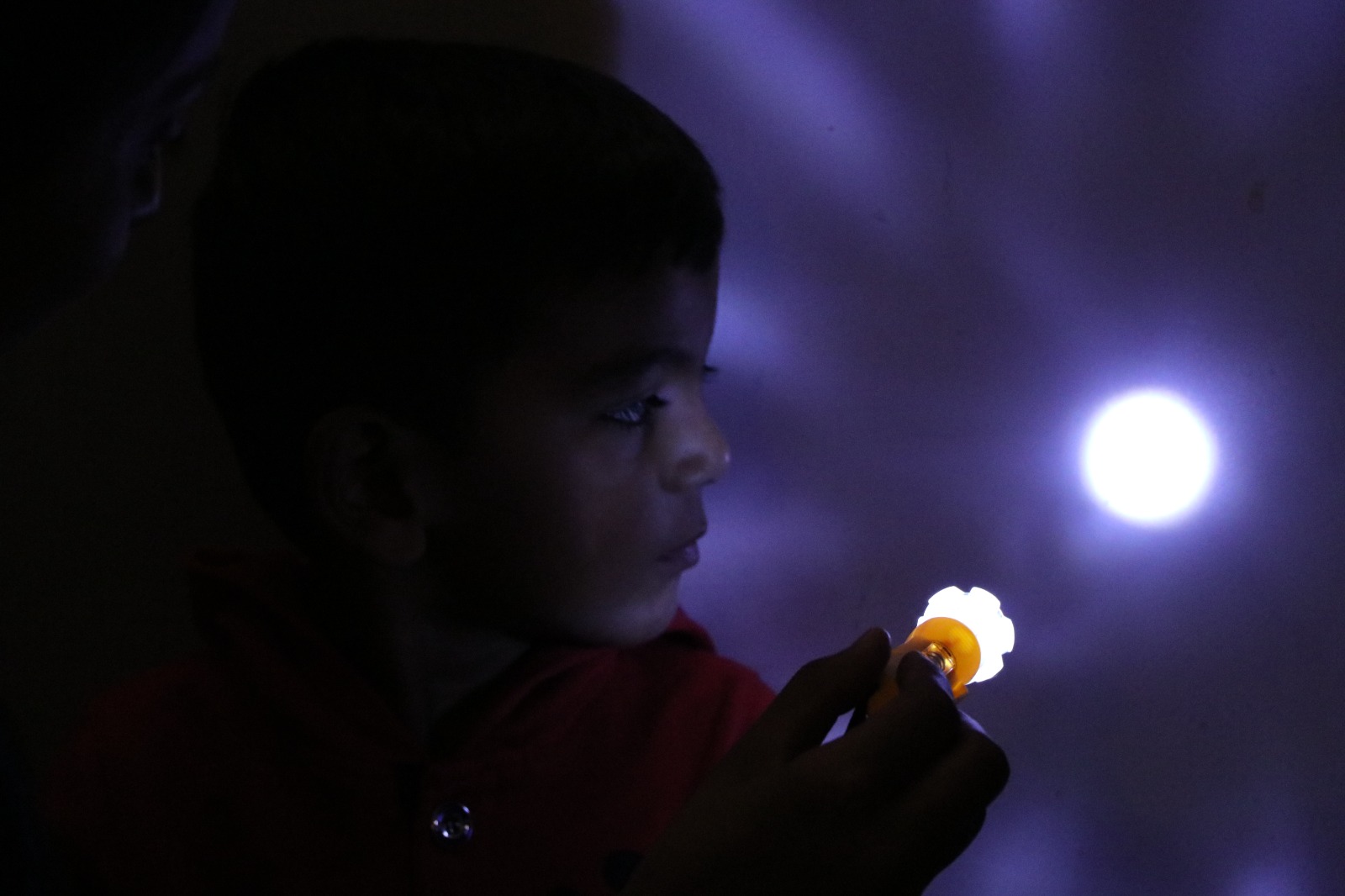Prevalence, Awareness, Early Signs, Causes, and Treatment
Autism Spectrum Disorder (ASD) is a complex neurodevelopmental condition that affects an individual’s social interactions, communication skills, and behaviors. According to recent statistics, ASD affects 1 in 36 children, highlighting the importance of awareness and understanding in society.
Prevalence of ASD
The prevalence rate of 1 in 36 means that at least one child out of every 36 will have ASD in any given group of children. This rising prevalence underscores the need for increased awareness, early detection, and appropriate intervention strategies to support affected individuals and their families.
Need for Awareness and Sensitization
Awareness and sensitization about ASD are crucial for several reasons:
- Early Detection: Recognizing early signs of ASD can lead to timely intervention, which is critical for improving outcomes.
- Reducing Stigma: Increased awareness can help reduce the stigma associated with ASD, promoting acceptance and inclusion in society.
- Supporting Families: Educating the community about ASD helps families access resources, support networks, and appropriate services.
- Enhancing Education: Teachers and educators equipped with knowledge about ASD can better accommodate and support students with the disorder.
Early Red Flags and Symptoms
Early detection of ASD can significantly improve a child’s development and quality of life. Parents and caregivers should be aware of the following early red flags and symptoms:
- Delayed Speech: Not babbling or speaking by the expected age.
- Lack of Eye Contact: Avoiding eye contact or not following objects visually.
- Repetitive Movements: Engaging in repetitive behaviors such as hand-flapping or rocking.
- Social Interaction Challenges: Difficulty engaging in social interactions, preferring to play alone.
- Restricted Interests: Having an intense focus on specific topics or objects.
- Sensory Sensitivities: Over- or under-reacting to sensory stimuli like lights, sounds, or textures.
Causes of ASD
Although there are many theories about the causes of ASD, such as genetic factors, prenatal influences, and neurobiological differences, none of these have been fully established within the scientific domain. Autism remains a significant mystery, and little is known about its attribution or phenomenological aspects. Large-scale research studies are ongoing worldwide, but the causative factors of autism have not yet been fully understood.
Recent studies are also trying to assess the impact of mobile radiation and screen time usage on the increasing prevalence rate of ASD. However, these are also ongoing areas of research, and no concrete conclusions have been drawn yet.
Prognosis and Factors Affecting It
The prognosis for individuals with ASD varies widely and is influenced by several factors. Early diagnosis and intervention are crucial and can lead to significant improvements in communication, social skills, and behavior. The severity of the disorder, the presence of co-occurring conditions (such as intellectual disabilities or epilepsy), and the quality and intensity of the intervention services received all play significant roles in the prognosis. Consistent support from family, schools, and communities also greatly enhances the long-term outcomes for individuals with ASD.
Treatment for ASD
While there is no cure for ASD, early and individualized interventions can greatly enhance an individual’s abilities and quality of life. Treatment options typically include:
- Behavioral Interventions: Applied Behavior Analysis (ABA) is a widely used approach that focuses on improving specific behaviors and skills.
- Speech Therapy: Helps individuals improve their communication skills, both verbal and non-verbal.
- Occupational Therapy: Aims to enhance daily living skills and address sensory processing issues.
- Special Education: Tailored educational programs that cater to the unique learning needs of individuals with ASD.
- Parental Training: Educating parents to support their child’s development and manage behaviors at home.
- Medication: In some cases, medication may be prescribed to manage symptoms such as high aggression or hyperactivity.
Conclusion
The prevalence of ASD, affecting 1 in 36 children, underscores the urgent need for increased awareness and understanding. Early detection and intervention can make a significant difference in the lives of those with ASD and their families. By recognizing early red flags, understanding the causes, and seeking appropriate treatments, we can support individuals with ASD to lead fulfilling and productive lives. Society must continue to work towards greater awareness, acceptance, and support for those affected by ASD.
Dr. Atul Madaan (Autism Specialist)
MAAP, MBA, MPhil (Clin. Psy), PhD (Psy)
Operational Head & Clinical Psychologist- Care For Autism (CFA)
8383849217
www.autismspecialist.co.in
𝐂𝐀𝐑𝐄 𝐅𝐎𝐑 𝐀𝐔𝐓𝐈𝐒𝐌 (CFA)
One-of-a-Kind Assessment & Remedial Training Centres for Special-needs Children.
📌 Ludhiana : 114, Green Field, Kochar Market Road, Near National Lab
9646443200
📌 Jalandhar : Hoshiarpur Road, Mubarkpur Shekhein Under Bridge, Near Railway Crossing,
9779725400
#autismdoctorludhiana #autismdoctor #autismdoctorinludhiana #autismspecialist #bestautismdoctor #bestautismdoctorinludhiana #autismbestdoctor #bestautismcenter #bestautismconsultant #autismconsultant #autismludhiana #autismspecialistinludhiana #atulmadaan #dratulmadaan #autismtreatmentludhiana #autismtreatment #careforautism

Leave a Reply